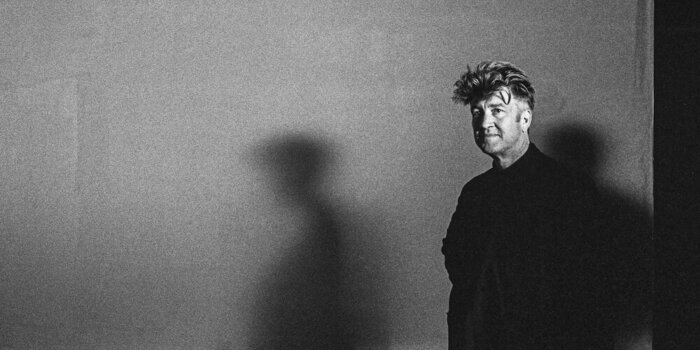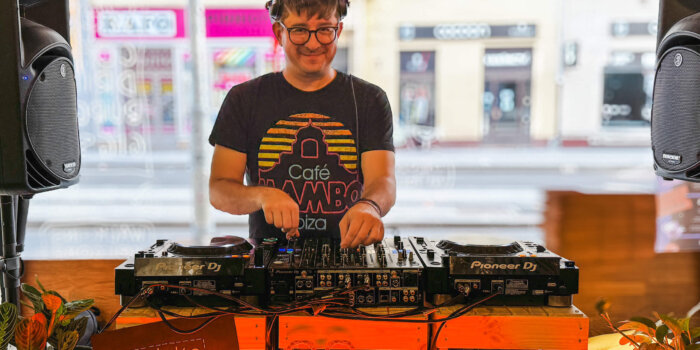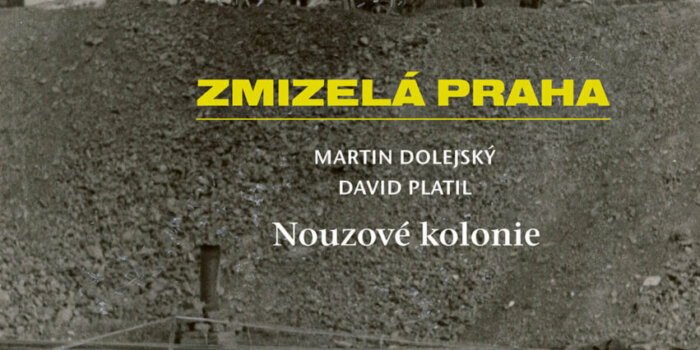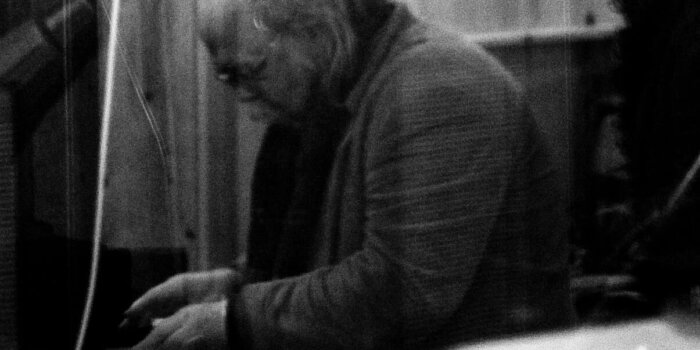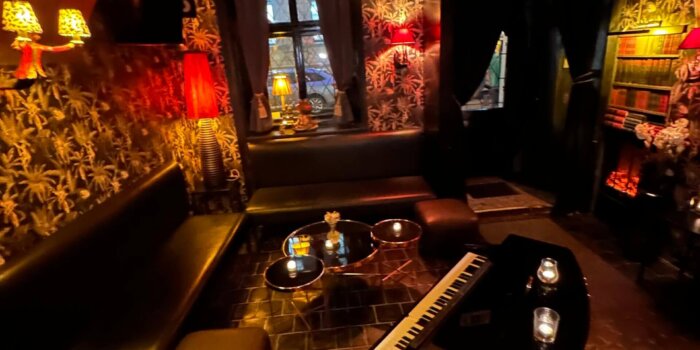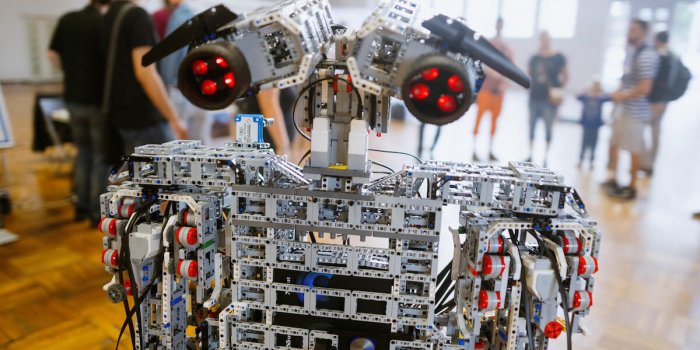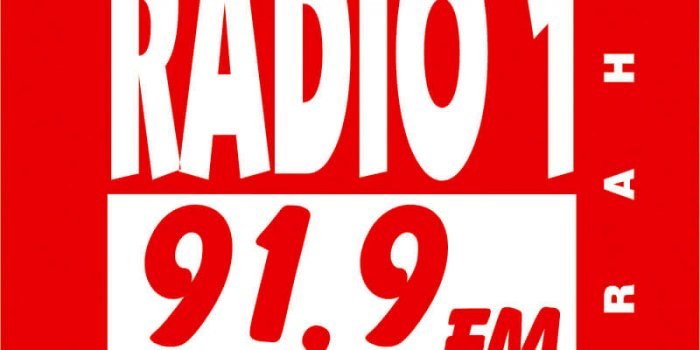Northerners, Scots and Irish excel at detecting fake accents to guard against outsiders
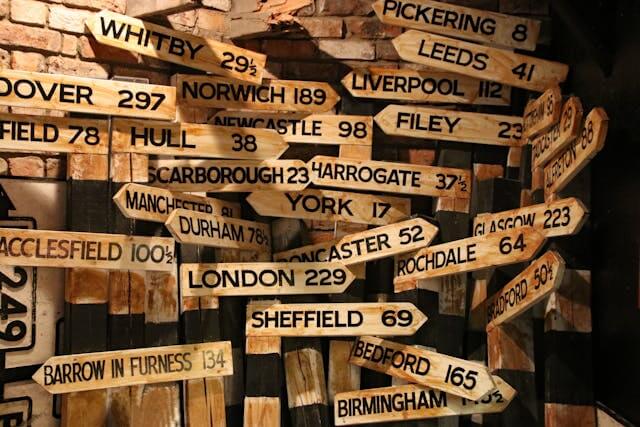
People from Glasgow, Belfast, Dublin and the north-east of England are better at detecting someone imitating their accent than people from London and Essex, new research has found
People from Belfast proved most able to detect someone faking their accent, while people from London, Essex and Bristol were least accurate.
The study, published in Evolutionary Human Sciences found that the ability of participants from Scotland, the north-east of England, Ireland and Northern Ireland to tell whether short recordings of their native accent were real or fake ranged from approximately 65% – 85%. By contrast, for Essex, London and Bristol, success ranged from just over 50%, barely better than chance, to 65% –75%.
In the biggest study of its kind, drawing on 12,000 responses, the researchers found that participants across all groups were better than chance at detecting fake accents, succeeding just over 60% of the time. Unsurprisingly, participants who spoke naturally in the test accent tended to detect more accurately than non-native listener groups – some of which performed worse than chance – but success varied between regions.
the ability to detect fake accents is linked to an area’s cultural homogeneity
“We found a pretty pronounced difference in accent cheater detection between these areas,” said corresponding author Dr Jonathan R Goodman, from Cambridge’s Department of Archaeology, and Cambridge Public Health.
“We think that the ability to detect fake accents is linked to an area’s cultural homogeneity, the degree to which its people hold similar cultural values.”
The researchers argue that the accents of speakers from Belfast, Glasgow, Dublin, and north-east England have culturally evolved over the past several centuries, during which there have been multiple cases of between-group cultural tension, particularly involving the cultural group making up southeast England, above all London.
This, they suggest, probably caused individuals from areas in Ireland and the northern regions of the United Kingdom to place emphasis on their accents as signals of social identity.
The study argues that greater social cohesion in Belfast, Dublin, Glasgow and the north-east may have resulted in a more prominent fear of cultural dilution by outsiders, which would have encouraged the development of improved accent recognition and mimicry detection.
People from London and Essex proved least able to spot fake accents because, the study suggests, these areas have less strong ‘cultural group boundaries’ and people are more used to hearing different kinds of accents, which could make them less attuned to accent fakery.
The study points out that many speakers of the Essex accent only moved to the area over the past 25 years from London, whereas the accents of people living in Belfast, Glasgow and Dublin have ‘evolved over centuries of cultural tension and violence.’
Some might have expected Bristolians to authenticate recordings of their accent more accurately, but Goodman points out that “cultural heterogeneity has been increasing significantly in the city”. The researchers would also like to obtain more data for Bristol.
An evolved ability
Previous research has shown that when people want to demarcate themselves for cultural reasons, their accents become stronger. In human evolution, the ability to recognise and thwart ‘free riders’ is also thought to have been pivotal in the development of large-scale societies.
Cultural, political, or even violent conflict are likely to encourage people to strengthen their accents
Dr Goodman said: “Cultural, political, or even violent conflict are likely to encourage people to strengthen their accents as they try to maintain social cohesion through cultural homogeneity. Even relatively mild tension, for example the intrusion of tourists in the summer, could have this effect.
“I’m interested in the role played by trust in society and how trust forms. One of the first judgments a person will make about another person, and when deciding whether to trust them, is how they speak. How humans learn to trust another person who may be an interloper has been incredibly important over our evolutionary history and it remains critical today.”
Overall, the study found that participants were better than chance at detecting fake accents but is it surprising that so many people failed 40–50% of the time?
The authors point out that participants were only given 2-3 second clips so the fact that some authenticated with 70–85% accuracy is very impressive. If participants had heard a longer clip or been able to interact with someone face-to-face, the researchers would expect success rates to rise but continue to vary by region.
How the tests worked
The researchers constructed a series of sentences designed to elicit phonetic variables distinguishing between 7 accents of interest: north-east England, Belfast, Dublin, Bristol, Glasgow, Essex, and Received Pronunciation (RP), commonly understood as standard British English. The researchers chose these accents to ensure a high number of contrasting phonemes between sentences.
Test sentences included: ‘Hold up those two cooked tea bags’; ‘She kicked the goose hard with her foot’; ‘He thought a bath would make him happy’; ‘Jenny told him to face up to his weight’; and ‘Kit strutted across the room’.
The team initially recruited around 50 participants who spoke in these accents and asked them to record themselves reading the sentences in their natural accent. The same participants were then asked to mimic sentences in the other six accents in which they did not naturally speak, chosen randomly. Females mimicked females, males mimicked males. The researchers selected recordings which they judged came closest to the accents in question based on the reproduction of key phonetic variables.
Finally, the same participants were asked to listen to recordings made by other participants of their own accents, of both genders. Therefore, Belfast accent speakers heard and judged recordings made by native Belfast speakers as well as recordings of fake Belfast accents made by non-native speakers.
Participants were then asked to determine whether the recordings were authentic. All participants were asked to determine whether the speaker was an accent-mimic for each of 12 recordings (six mimics and six genuine speakers, presented in random order). The researchers obtained 618 responses.
In a second phase, the researchers recruited over 900 participants from the United Kingdom and Ireland, regardless of which accent they spoke naturally. This created a control group for comparison and increased the native speaker sample sizes. In the second phase, the researchers collected 11,672 responses.
“The UK is a really interesting place to study,” Dr Goodman said. “The linguistic diversity and cultural history is so rich and you have so many cultural groups that have been roughly in the same location for a really long time. Very specific differences in language, dialect and accents have emerged over time, and that’s a fascinating side of language evolution.”
Reference
JR Goodman et al., ‘Evidence that cultural groups differ in their abilities to detect fake accents’, Evolutionary Human Sciences (2024). DOI: 10.1017/ehs.2024.36

The text in this work is licensed under a Creative Commons Attribution-NonCommercial-ShareAlike 4.0 International License.





